If you’re wondering how long Hubble baby monitor batteries last, you’re not alone. Parents everywhere want to know how often they’ll need to recharge, what affects battery life, and how to make their monitors last longer. Here’s everything you need to know to keep your Hubble baby monitor running strong and your family connected every day.
Why Battery Life Matters for Hubble Baby Monitors
Battery life is one of the biggest concerns for parents choosing a baby monitor. A reliable monitor means you can check on your baby anytime without worrying about losing power in the middle of the night. Hubble baby monitors are designed for busy families and provide enough battery life for daily use, but several factors play a role in how long each charge lasts.
Most Hubble baby monitors use rechargeable lithium-ion batteries, which are known for their efficiency and long-lasting performance. On average, Hubble monitors last between 8 to 12 hours on a single charge, depending on how you use them. This makes them a good choice for overnight monitoring or a full day around the house.
Some parents find that the battery drains faster when features like continuous video, bright screens, or two-way audio are used often. Understanding what impacts battery life can help you get the most out of your device and avoid unexpected shutdowns.
Here’s why a dependable battery is so important for parents:
- Peace of mind knowing your monitor will last through the night
- Flexibility to move the monitor around the house or while traveling
- Reliable alerts if your baby needs you, without interruptions
What Affects Hubble Baby Monitor Battery Life?
Several features and settings can influence how long your Hubble baby monitor battery lasts. It’s not just about the size of the battery, but also how the monitor is used day to day. For example, using video mode drains the battery much faster than audio-only mode. If you leave the screen on at full brightness, you’ll notice the battery runs out more quickly.
Power-hungry features include:
- Continuous video streaming
- High screen brightness
- Night vision or infrared mode
Temperature monitoring, smart alerts, and two-way talk can also use more battery, especially if left on all the time. Newer Hubble models with Wi-Fi and large color screens may require more frequent charging compared to basic, audio-only monitors.
To get the most out of every charge, it helps to understand which features are essential for your needs and which ones you can turn off or use less often. That way, you can balance battery life and functionality based on your daily routine.
How to Extend the Battery Life of Your Hubble Baby Monitor
There are several simple ways to maximize the battery life of your Hubble baby monitor. Small changes to your settings and charging habits can make a big difference in how long the monitor lasts between charges and over its entire lifespan.
One of the easiest tricks is to lower the screen brightness and volume. If you only need to hear your baby, switch to audio-only mode at night or when you’re busy. Most Hubble monitors also let you set the display to turn off after a few minutes, which saves a lot of battery power.
Experts recommend keeping the battery between 20 and 80 percent charged to extend its lifespan. Avoid letting the battery run down to zero before charging, and always use the official charger that came with your monitor. Charging with a different or incompatible charger can damage the battery and reduce performance.
Other helpful tips include:
- Keep your monitor’s firmware updated to fix bugs and improve efficiency
- Turn off features you don’t need, like temperature alerts or lullabies
- Clean the charging port regularly to ensure a strong connection
By following these habits, you’ll enjoy longer battery life, fewer interruptions, and a monitor that lasts for years.
Common Battery Problems and How to Fix Them
Even the best batteries can have problems after months or years of use. Some parents notice the battery doesn’t hold a charge as long as it used to, or the monitor shuts down unexpectedly. These issues can often be fixed with a few simple checks before you replace the battery.
First, make sure you’re using the original charger and cable. If the monitor doesn’t charge or keeps shutting off, try a different outlet and check the charging port for dust or debris. Sometimes, cleaning the port gently solves the problem.
If your monitor still drains quickly or won’t charge fully, it may be time for a new battery. Look for signs like swelling, leaking, or the monitor overheating. Most Hubble baby monitors allow you to replace the battery easily, and you can order genuine parts from the Hubble website or their authorized dealers.
For long-term storage, remove the battery if you won’t use the monitor for several weeks. This helps prevent slow battery drain and protects the battery from damage.
Comparing Hubble Battery Life to Other Baby Monitor Brands
With so many brands on the market, it’s helpful to compare Hubble’s battery performance to other popular brands. Battery life can be a deciding factor, especially if you need a monitor that will last through naps, overnight, or while traveling.
Here’s a quick look at the average battery life of leading baby monitor brands:
| Brand | Average Battery Life |
|---|---|
| Hubble | 8-12 hours |
| Summer Infant | 6-8 hours |
| Angelcare | 10-12 hours |
| Owlet | 15-18 hours |
While Hubble offers competitive battery life, some brands like Owlet provide longer run times, but often with a higher price tag or fewer features. For many families, Hubble’s performance is more than enough, especially when you use the tips above to extend battery life.
Real parent reviews show that Hubble monitors generally meet or exceed expectations for battery performance, making them a solid choice for everyday use.
What’s Next for Baby Monitor Battery Technology?
Battery technology for baby monitors is always improving. In the coming years, parents can expect even longer battery life, faster charging, and safer, more reliable batteries. Manufacturers are exploring new types of batteries, like solid-state and lithium polymer, which could make monitors lighter and more durable.
Some companies are even testing solar charging panels and wireless docks, which could make it easier to keep your monitor powered all day. Smart power management systems are also being developed, so your monitor can automatically adjust settings to save energy when possible.
These innovations aim to give parents more peace of mind and less time spent worrying about charging. As technology moves forward, keeping your monitor running smoothly will get even easier.
Frequently Asked Questions
How long does a Hubble baby monitor battery last on a full charge?
Most Hubble baby monitor batteries last between 8 and 12 hours per charge, depending on the model and how you use the monitor. Using video or night vision features may reduce battery life.
What can I do to extend my Hubble monitor’s battery life?
Lower the screen brightness, switch to audio-only mode, and turn off unused features. Charging regularly and keeping the firmware updated can also help your battery last longer.
Is it safe to use the baby monitor while charging?
Yes, Hubble baby monitors are designed for safe use while plugged in. Make sure the charger and cable are in good condition, and check the monitor’s temperature during use.
Can I replace the battery in my Hubble baby monitor?
Yes, most Hubble baby monitors allow you to replace the battery. Follow the instructions in your user manual or contact Hubble support for help ordering and installing a new battery.
What should I do if my monitor’s battery drains faster than usual?
Check for firmware updates, clean the charging contacts, and reduce unnecessary features. If the problem continues, the battery may need to be replaced with an official Hubble battery.
Do all Hubble monitors have the same battery life?
No, battery life depends on the specific model and how you use it. Monitors with larger screens or more features may need to be charged more often than basic models.

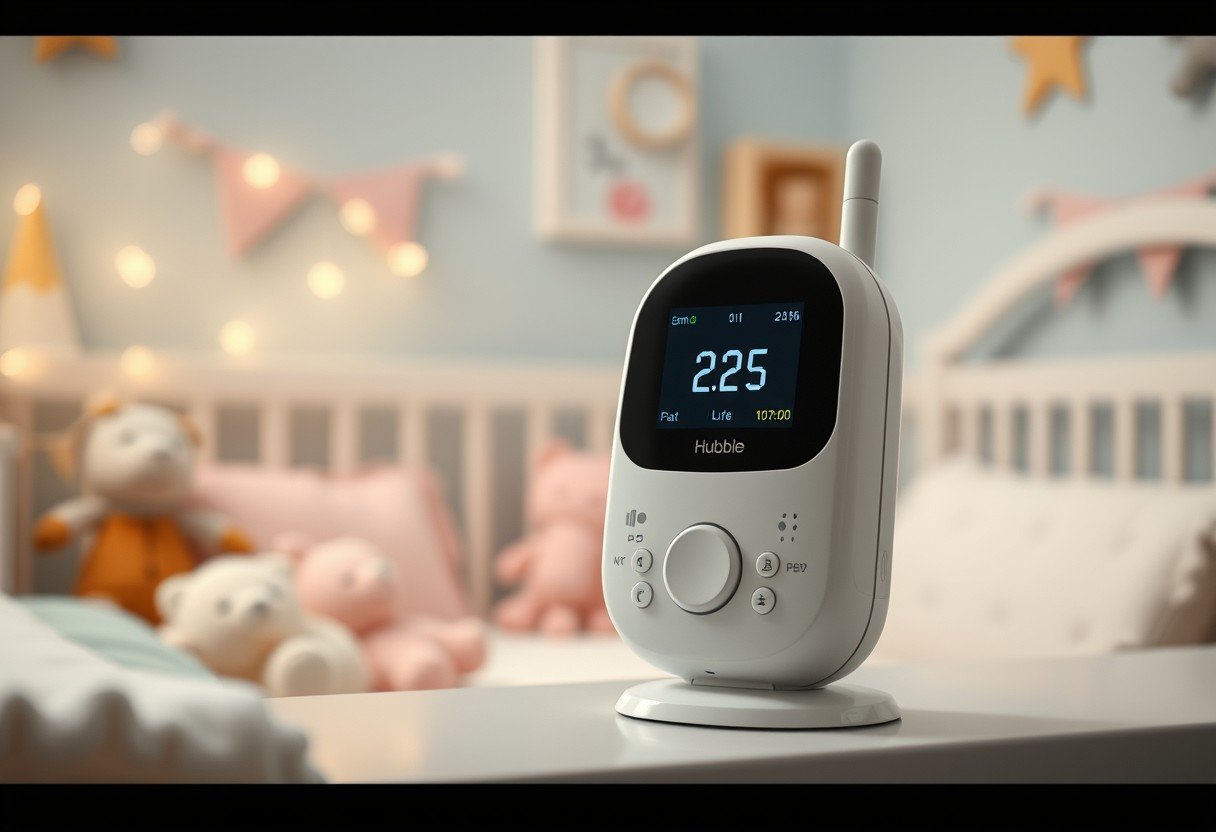

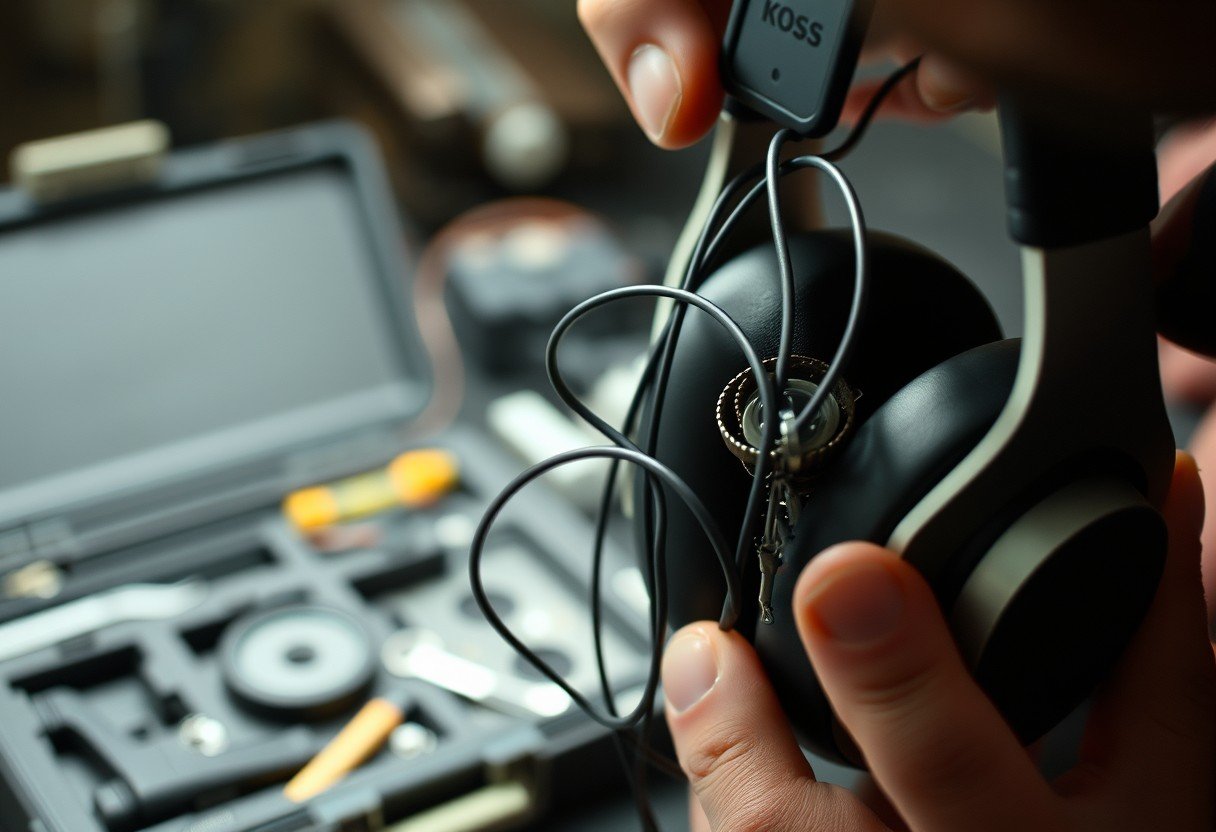
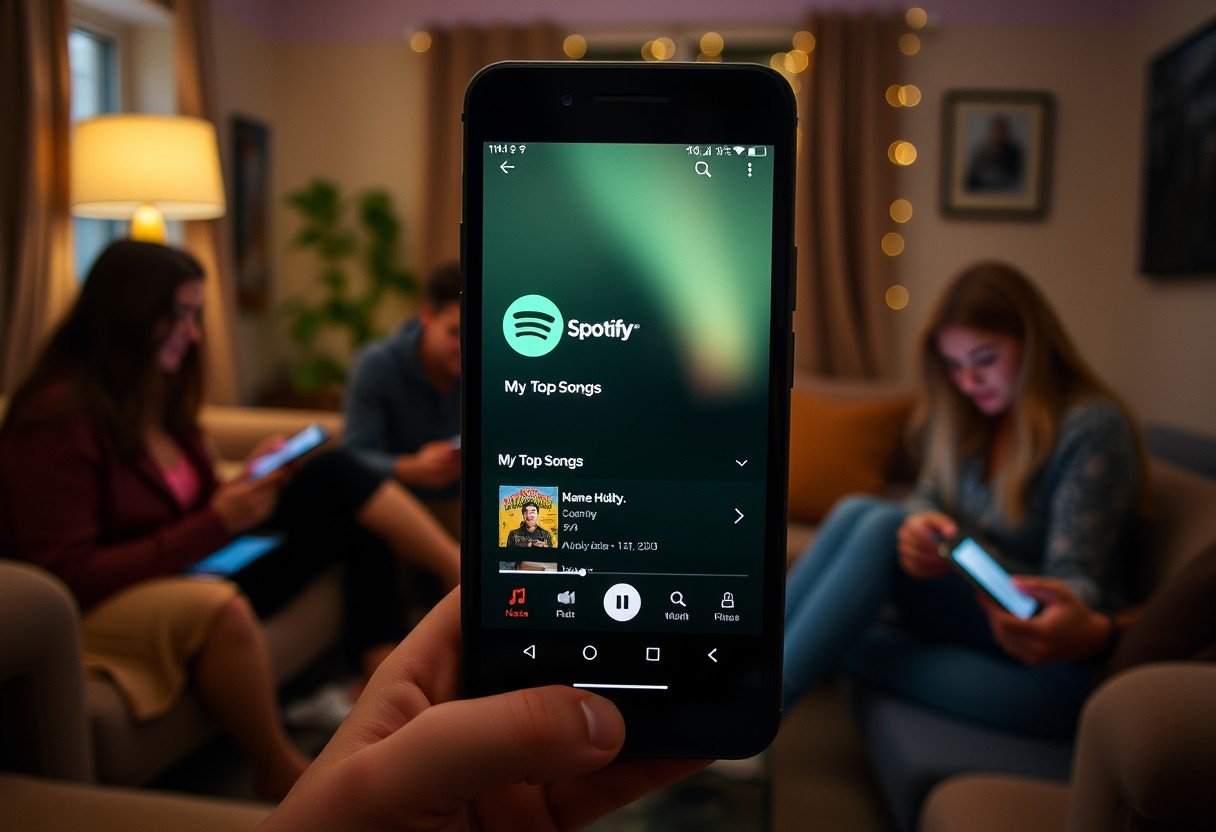
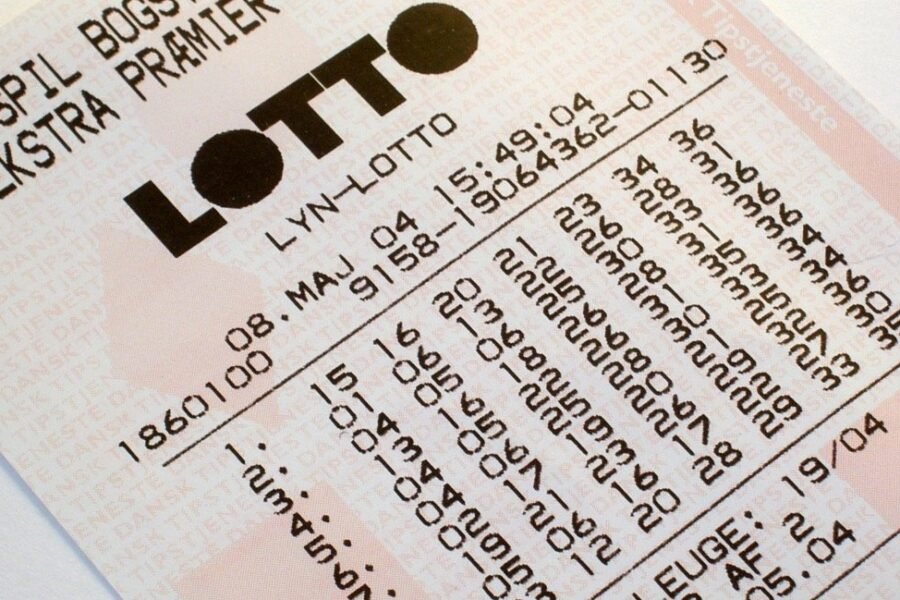
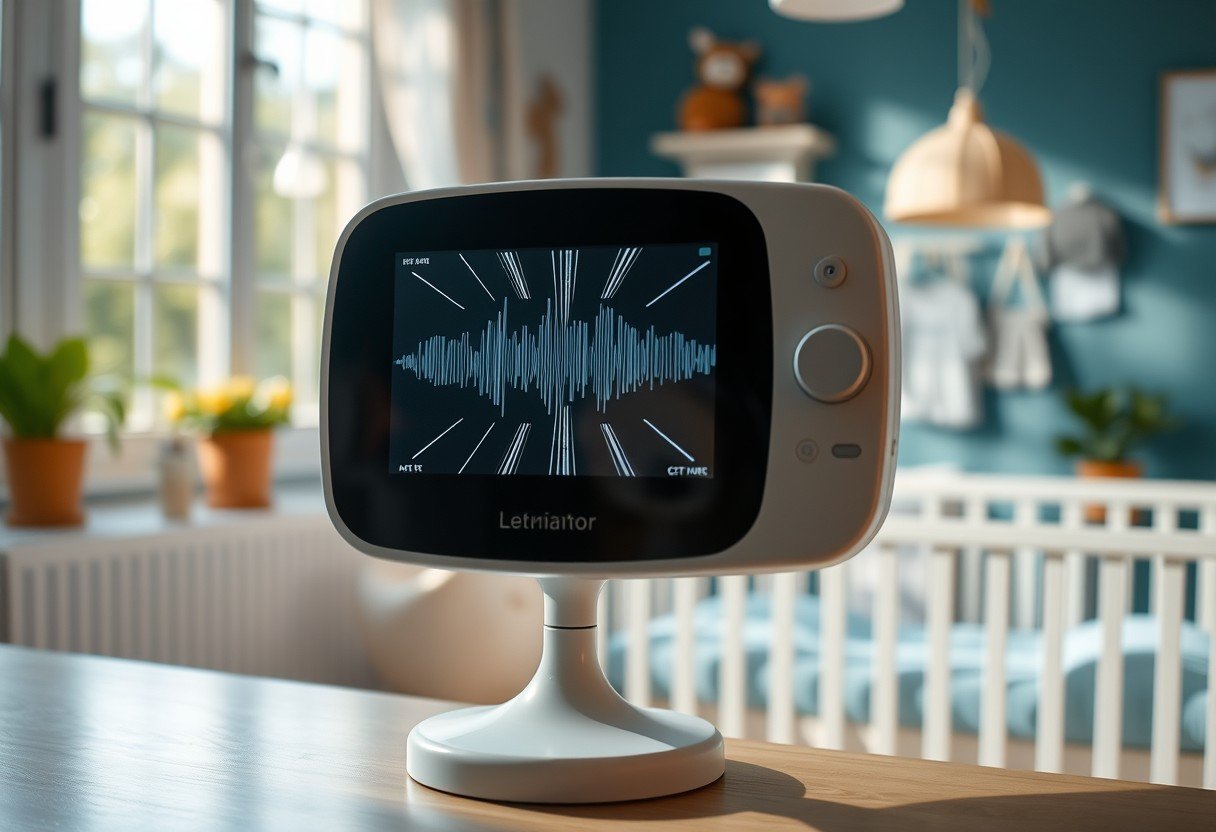
Leave a Comment